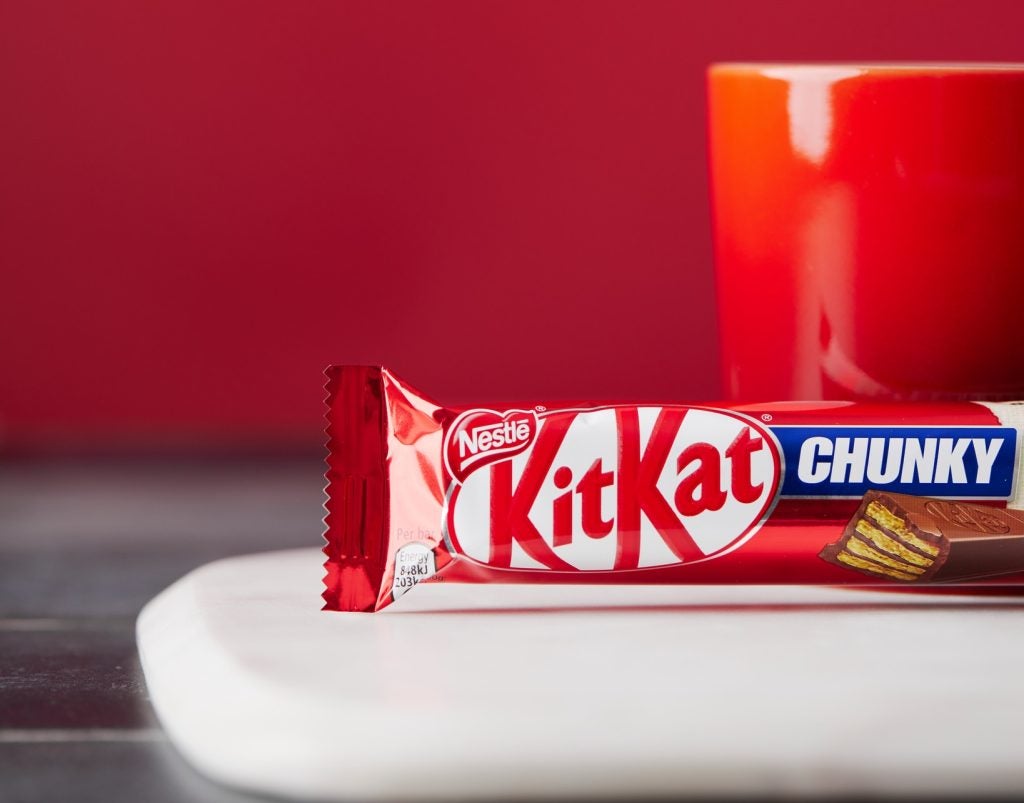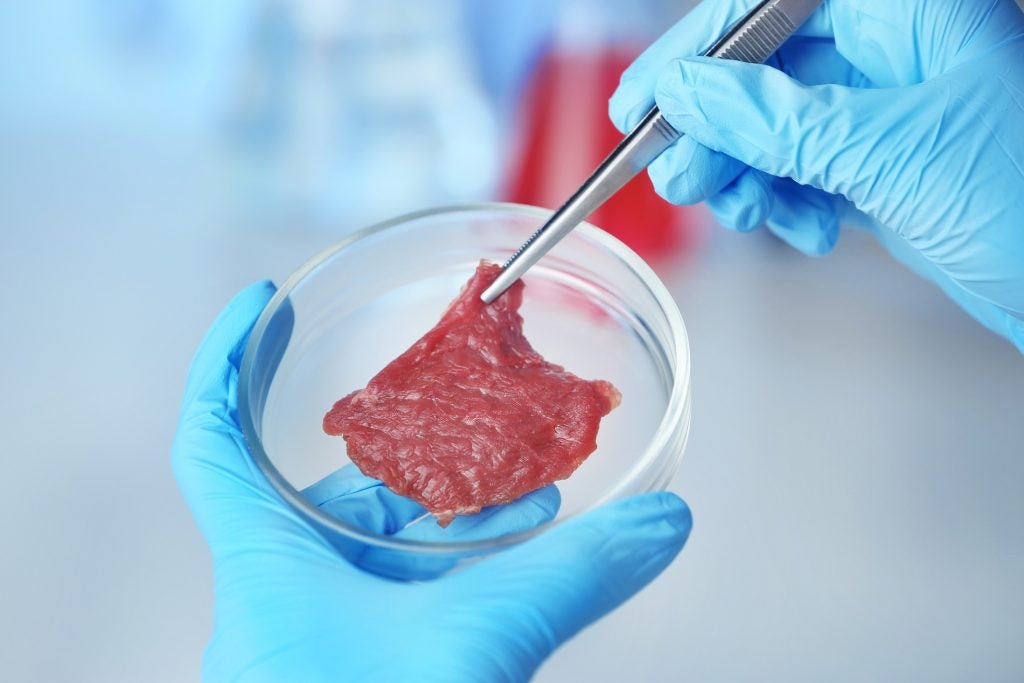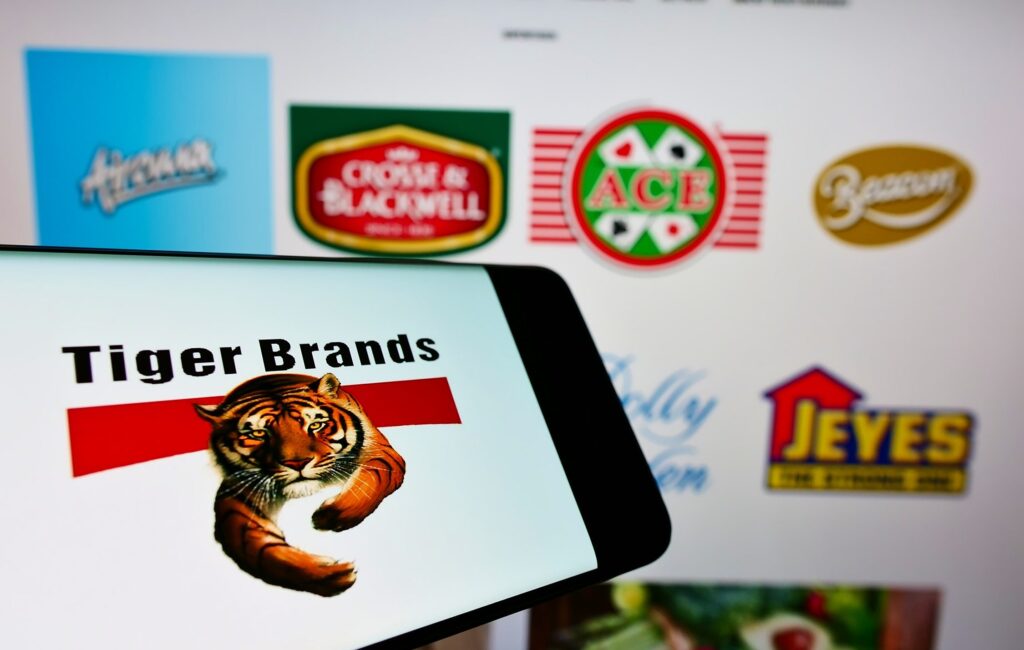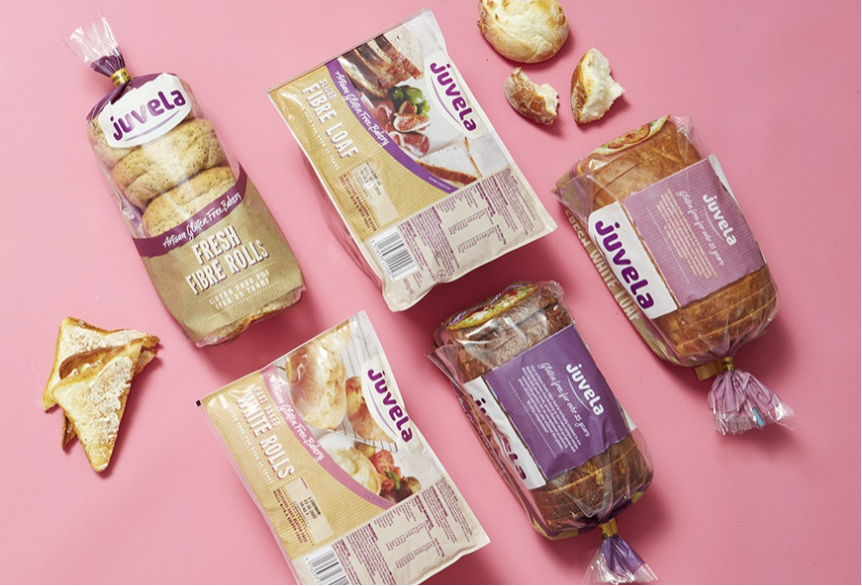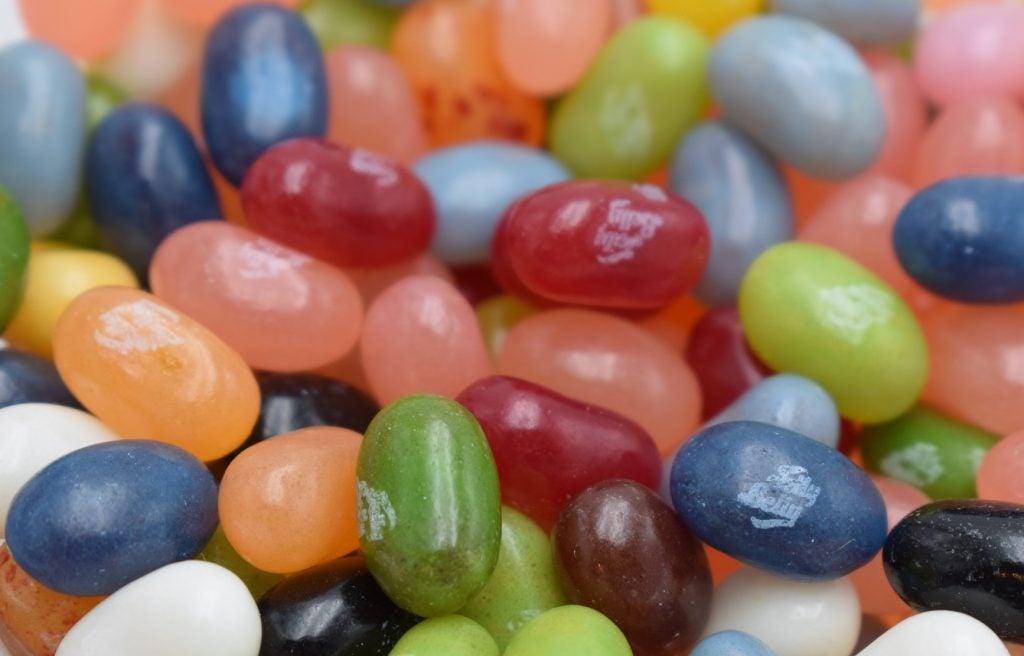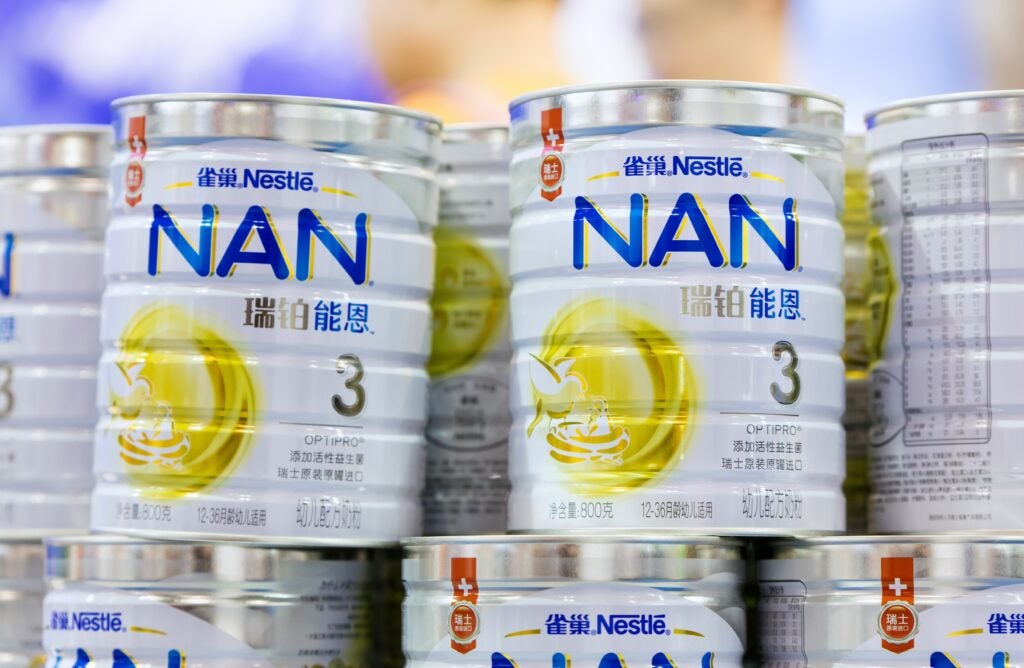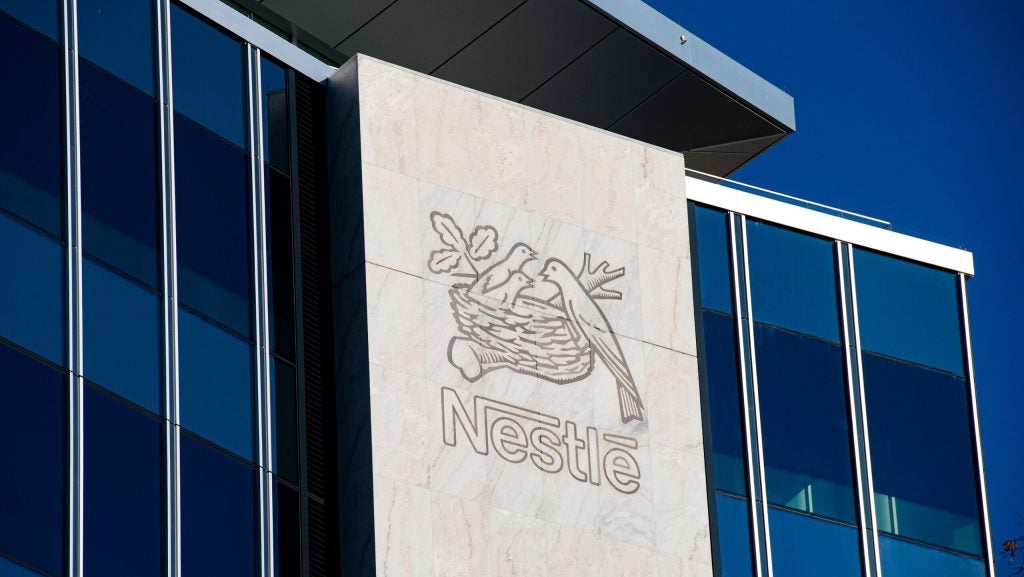Nestlé has played down the impact on sales from the emergence of appetite-suppressing GLP-1 drugs in the US, instead focusing on the innovation opportunities.
While inflation and pricing are still topics of discussion on results conference calls of food and drinks manufacturers, the potential impact on sales from so-called GLP-1 drugs is beginning to surface as a key talking point, particularly for those operating in the US.
Nestlé CEO Mark Schneider was questioned by analysts as he discussed nine-month results yesterday (19 October) and while he suggested the world’s largest food company could benefit from the rise in glucagon-like peptide 1 weight-loss and diabetes drugs, he also had a cautionary note.
“Please note that while these drugs offer new therapy options for these patients, for patients with type-2 diabetes, they are not a permanent solution and are no replacement for an appropriate diet, coupled with the right amount of exercise,” Schneider said.
“For the time that patients spend on these drugs and after, we are already developing a number of companion products. The goal will be to address the risk of malnutrition and the loss of lean muscle mass while on the GLP-1 therapy and to avoid or limit weight rebound after the therapy.”
Schneider joined his PepsiCo counterpart, Ramon Laguarta, who earlier this month also played down the potential impact from the FDA-approved Ozempic, Wegovy and Rybelsus drugs manufactured by Denmark-based Novo Nordisk.
“With only 15% of our global revenue and 20% of our North American revenue coming from either centre of the plate or snacking products, we consider any potential revenue exposure to be very limited,” Schneider explained. “In my judgement, it gets fully compensated by the innovation opportunities.
“While I expect our food and nutrition categories to benefit from this as well, the main upside will be seen in our Nestlé Health Science business perimeter.”
Nevertheless, he acknowledged some food and snacking categories might be impacted, which in Nestlé’s case could include confectionery and ice cream.
Schneider said: “We were a little surprised about the strength of the reaction here on something that’s very early days, where clearly the rollout of these drugs is going to be taking a long time, given the cost and capacity constraints.
“It’s unknown at this time, how many people will opt for this. It’s unknown at this time how long people will stay on this given some of the very serious side effects. And it’s unknown also what their specific needs are when these treatment regimens are over.”
Organic growth outlook
Health was also a topic brought up on the Nestlé call as supply constraints linked to an IT integration issue at Nestlé Health Science. The event affected the company’s North American vitamins, minerals and supplements (VMS) and shaved half a percentage point off the group’s nine-month organic growth.
Organic growth was 7.8% and the IT issue prompted Schneider to pull back his full-year outlook for the metric slightly, which will now be “firmly in the guidance range” of 7-8% as opposed to the “upper-end” predicted in July, when the guidance was raised from 6-8%.
“Sales in the third quarter decreased following an IT configuration issue when implementing highly automated systems during the consolidation of US packaging sites,” CFO François-Xavier Roger explained. “We expect the impact on Q4 growth to be slightly lower.”
RIG is still expected to be positive for the second half as a whole, despite the third quarter minus 0.3% print. It has been negative all year, and since the final three months of 2022, evolving from minus 2.6% in quarter four to minus 0.5% in the opening three months of this year and minus 1.1% in the second quarter. Year to date, the metric was a negative 0.6%.
“RIG is being driven by the moderation of new pricing, the benefits of portfolio optimisation and increased marketing investments,” Roger said. “Going forward, we expect it to be again the main driver of growth.”
Schneider added: “RIG, as always, is the bedrock of our growth. What we’ve seen over the last two years was an aberration from this due to this historic pricing spike and inflation spike.”
Pricing over the nine months was 8.4%, and while further selective increases are planned as sugar, cocoa and robusta costs remain elevated, there will now be a moderation from previous actions.
“We expect the sequential moderation to continue over the course of the year as we are lapping a high base of comparison in 2022 and as we are implementing a lower level of new pricing since the second quarter,” Roger said.


